Ferrari 312B
Car: Ferrari 312B / Engine: 1800 12-Cylinder Boxer / Maker: Ferrari / Bore X Stroke: 80 mm X 49.6 mm / Year: 1970 / Capacity: 2,991.80 cc / 147.5 cu in / Class: Formula 1 / Power: 445 bhp at 11,500 rpm / Wheelbase: 2385 mm / Track: Front: 1553 mm Rear: 1550 mm / Weight: 551 kilo
Under the direction of Mauro Forghieri, Ferrari developed a new flat-12 engine for 1970. This horizontal “boxer” layout allowed for a very low center of gravity while allowing a clear airflow beneath the rear wing. To minimize frictional losses the crankshaft revolved in 4 main bearings. After a series of failures a Pirelli cushion coupling between the crankshaft and the flywheel was added. Derivatives of this unit was to power Ferrari for the next decade.
Five cars were built for the 1970 season. Jacky Ickx returned to Ferrari as number one driver taking over for Chris Amon who left for March. The start of the season saw Jochen Rindt take a commanding lead but his tragic death at Monza left the title undecided. A late season charge by Ferrari and Ickx saw the red cars start from the front row in seven straight races. Having won at Austria, Canada and Mexico the Belgian’s title chase came up short when he suffered a broken fuel pipe at Watkins Glen.
For 1971 the cars were modified and re-designated 312B2. New slightly more wedge shaped bodywork and a reconfigured rear suspension were the main changes for the new year. Mario Andretti made several guest appearances and the new year began with a bang when Ferrari won the two of the first four championship races with Andretti winning the season opener in South Africa. Early season success could not be maintained as the cars suffered handling problems with the new Firestone tires and several mechanical breakdowns added to the teams woes. The season belonged to Jackie Stewart and Tyrrell. 1972 saw Ickx gain four pole positions but only a single Ferrari win at the Nurburgring.
The last evolution of the 312 the B3 saw new bodywork with side mounted lateral radiators, a pronounced wedge form and a large front wing which was called the “spazzaneve” or snow plow.
The 1973 season was marked with zero wins and additional modifications carried out for 1974 finally saw Ferrari return to the front ranks no doubt helped by the talents of a young Austrian by the name of Niki Lauda. Lauda would bring to Ferrari new blood and along with the promotion of a young lawyer, Luca di Montezemolo, to head the F1 team Ferrari’s fortunes would take a turn for the better. Ironically it was Regazzoni who at first was considered the leading driver. Lauda soon got down to work. After taking up residence at the Canal Grande Hotel in Modena he spent endless days testing and working with the engineers and mechanics to improve the performance of the Ferrari 312B3.



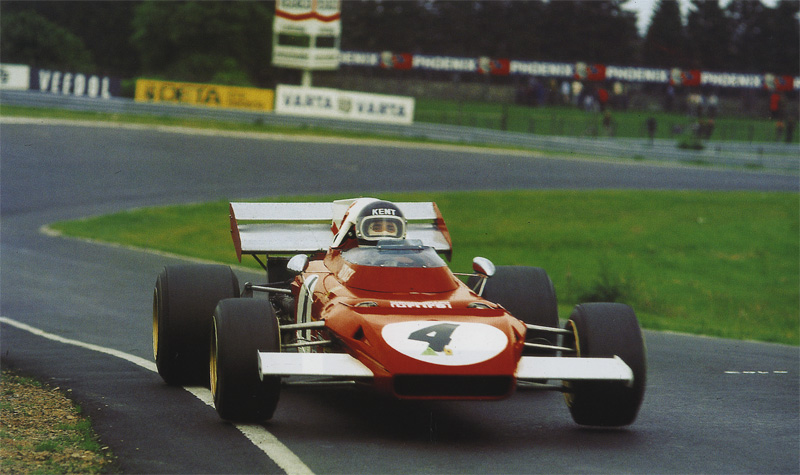







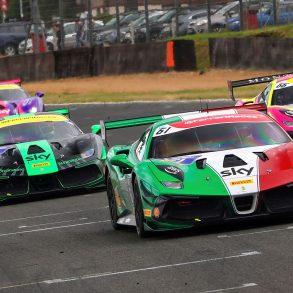
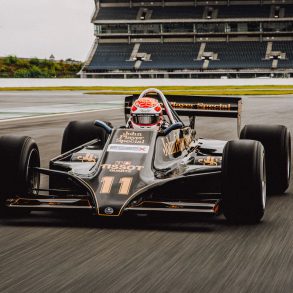
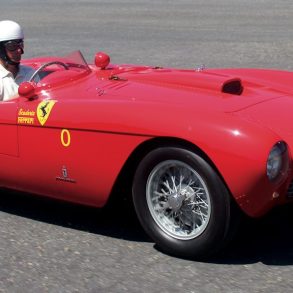
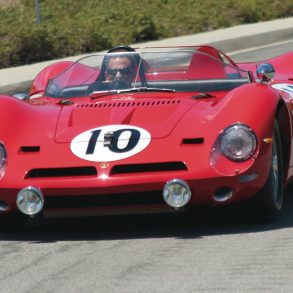
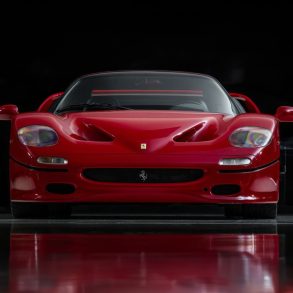


Your displacement conversion – “2,991.80 cc / 147.5 cu in” is incorrect. 2991.80cc is 182.5708 cubic inches.